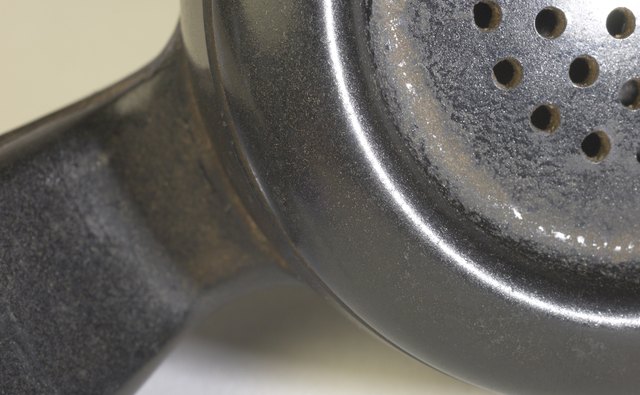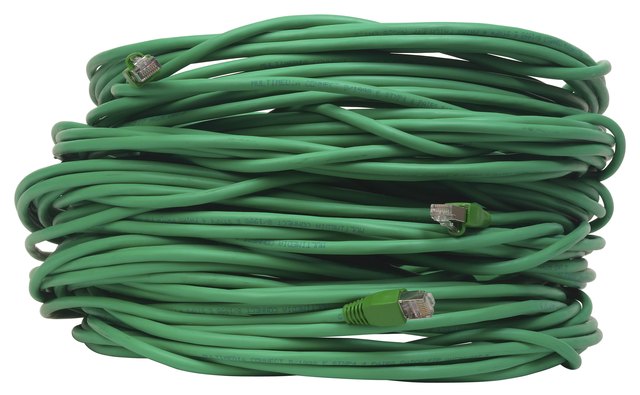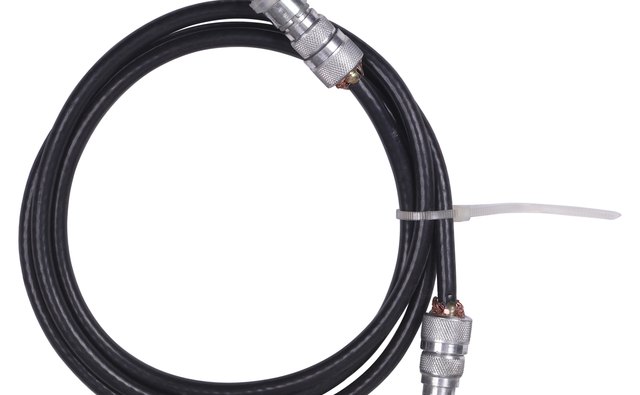Most likely, you have several broadband options in your area. If you live in an urban or highly populated area, you likely have more varied options than if you live in a rural or remote area. Nonetheless, technology has created additional broadband options and improved on existing ones.
1.Click Here to Download 2.Get Your Free SnapMyScreen™ 3.Enjoy!
www.snapmyscreen.comDial-Up

Most people do not think of dial-up Internet service as high-speed, but providers have recognized the need to optimize performance to stay competitive. Today's dial-up offerings provide you with as much as five times the high-speed service of traditional dial-up Internet. If your use is confined to checking email and the occasional website, dial-up is reliable, secure, requires no special equipment or installation, ubiquitous and likely affordable.
DSL

DSL stands for Digital Subscriber Line, and you can get it through many large landline telephone service providers. Unlike dial-up, however, it is not available everywhere, and the farther you are from the telephone company's central office, the more speed degradation you will experience. Optimally, DSL download speeds can reach 9 Mbps, plenty fast for video and multimedia. You can use DSL and your landline telephone simultaneously. Ask your telephone company if it offers a special package or bundled service that includes DSL.
Cable

You will typically get faster Internet service with cable than DSL and dial-up, but traditionally, as a shared network, you can experience slow-downs during periods of heavy use. Cable service runs through existing coaxial cable, with increasing access to fiber networks allowing for even greater speeds. Check your cable television provider to see if it offers a bundled package that includes high-speed cable Internet, as that could save you money.
Mobile Broadband

Two types of mobile broadband are EVDO, which stands for Evolution, Data Only, and HSPDA , or High Speed Downlink Packet Access. These operate on existing mobile phone networks, with a range limited to the provider's range. EVDO has been more popular overseas than in the United States, while HSPDA operates with a stronger signal but is not as widely available. Newer technologies include WiMax and LTE, with LTE being the fastest. Ask your cell phone provider about mobile broadband; most of the larger carriers now offer the service.
High Speed, Robust Service AnywhereQuality Service & Support - VSAT
www.linksystems-uk.com
The World's Largest Wi-Fi Network. UnlimitedData and Devices. Sign Up Today.
ipass.com
Find the Problem Instantly With Our VisualNetwork Troubleshooting Tool
www.pingplotter.com
Zip Or Unzip Any File. FreeDownload. Unzipper.
unzipper.com/zipReferences
- High Speed Internet: Dial Up Internet Service
- Indiana University Knowledge Base: What is DSL Internet Service?
- High Speed Internet: Cable Internet Service
- HP Small & Medium Business: Mobile internet access with EVDO and HSDPA -- what is it
- Gigaom: "LTE vs. WiMax: A Little 4G Sibling Rivalry." Stacey Higginbotham. 2008.





































































A very interesting article. The insights are really helpful and informative. Thanks for posting. Visit here for more info.
ReplyDeletesophos technical support